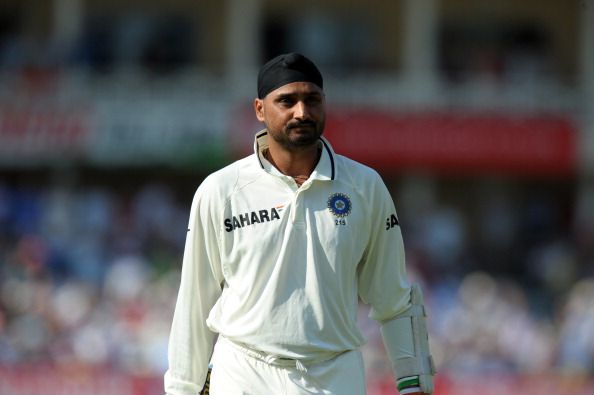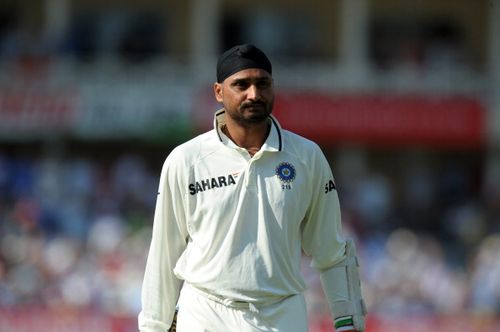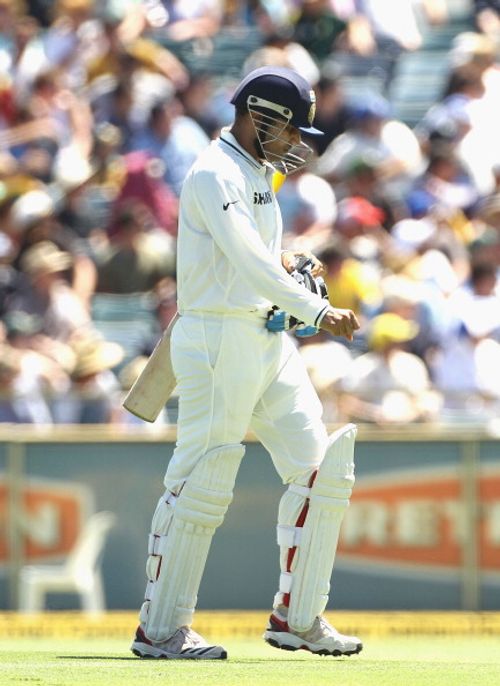
The rise and fall of Indian cricketers

Harbhajan Singh
It was Border-Gavaskar Trophy 2001, the venue was Eden Gardens. In came to bowl a Sardar, who is today affectionately called “The Turbanator”. After a 193/1 on day 1, Australia was reduced to 252/7 by the spin of Harbhajan Singh, including a hat trick. After that match, Harbhajan won the hearts of millions of Indians and managed to even impress the selectors as he took 13 wickets in the game. That series, he went on to take 32 wickets and never looked back in his career and managed to book himself a berth in the Indian cricket team. He continued to torment batsmen with his flight and bounce and became the second youngest bowler to take 200 wickets in Test cricket. He had the backing of the then-captain Sourav Ganguly and was also discovering his gift with the willow. All was going well and then suddenly life decided to take a turn.
There was the disastrous tour of Pakistan in 2006, where he just could not take wickets and was rather ineffective as a bowler. Suddenly in 2007, he found himself guilty of not performing enough with the ball. He soon came to be known as a miserly bowler and not as somebody who could flight and deceive the ball in the air and take wickets. The selectors had faith in him and gave him chance after chance to prove himself and redeem his career. However, he was dropped from the ODI team after the disastrous 2007 World Cup campaign, but was subsequently picked up for the Twenty20 World Cup, mostly for his miserly bowling figures. The altercations with Symonds and subsequently with Sreesanth did not do him much good and he was soon out of the Indian ODI Team and making way for the Chawlas, Ojhas and Ashwins. In 2011, he was dropped from all formats of the game, though he led his team – Mumbai Indians – to a Champions League title win in 2012.
As an off-spinner, Harbhajan Singh remains the second highest wicket taker in the world. He was recalled for the 2012 Twenty20 World Cup in Sri Lanka, but failed to impress. He is currently playing in the Border-Gavaskar Trophy with hopes that this series will once again turn the fortunes in his favour as it once did a long time ago.

Sehwag’s form has been a matter of grave concern for the Indian team
The Nawab of Najafgarh, Virender Sehwag, is considered one of the most destructive batsman in all formats of cricket. He is the only Indian cricketer and only the fourth batsman in the world to have scored triple hundreds twice in Test cricket. In ODIs, he has the highest individual score of 219. Sehwag also is a part time off-spinner and has the reputation of breaking partnerships.
However, this Indian opener, who is feared by all cricketing nations for his destructive batting, is suddenly facing the worst phase of his career. Long gone are those swashbuckling 50s and the destructive 100s. To make matters worse for him are his fitness issues. Sehwag was never considered the fittest or the most agile player, but his performances more than made up for these shortcomings. When Sehwag performs, he can single handedly take the match away from the opposition. But that ‘when’ has now become an ‘if’. Sehwag, in his last 10 outings, has managed to score just 1 hundred and only thrice has he crossed 30. Today, there are the Vijays and the Pujaras who have played good cricket and are trying to make an impression and cement a spot in the national team. It is only fair that the non-performers be dropped.
The rise and fall of Indian cricketers does not end here. This is a story that has repeated itself in history and continues to do so. These are the two important players who have defined modern Indian cricket and been a part of it for a very long time. As a bowler, it is not always possible to take 5 wicket hauls; but to take a couple of wickets consistently in any format of the game is the least that can be expected. It is impossible to score 50s and 100s in every match, but not contributing the team’s cause over a period of time just cannot be tolerated. The Indian team has always been about performance and that alone has guaranteed a spot in the team. The selectors have always given and continue to give surplus opportunities to perform and establish or redeem one’s career. It is just about performance of a player at the end of the day and as history has told us, non-performance is tolerated but not forever, and justice must definitely be served at the end of the day.